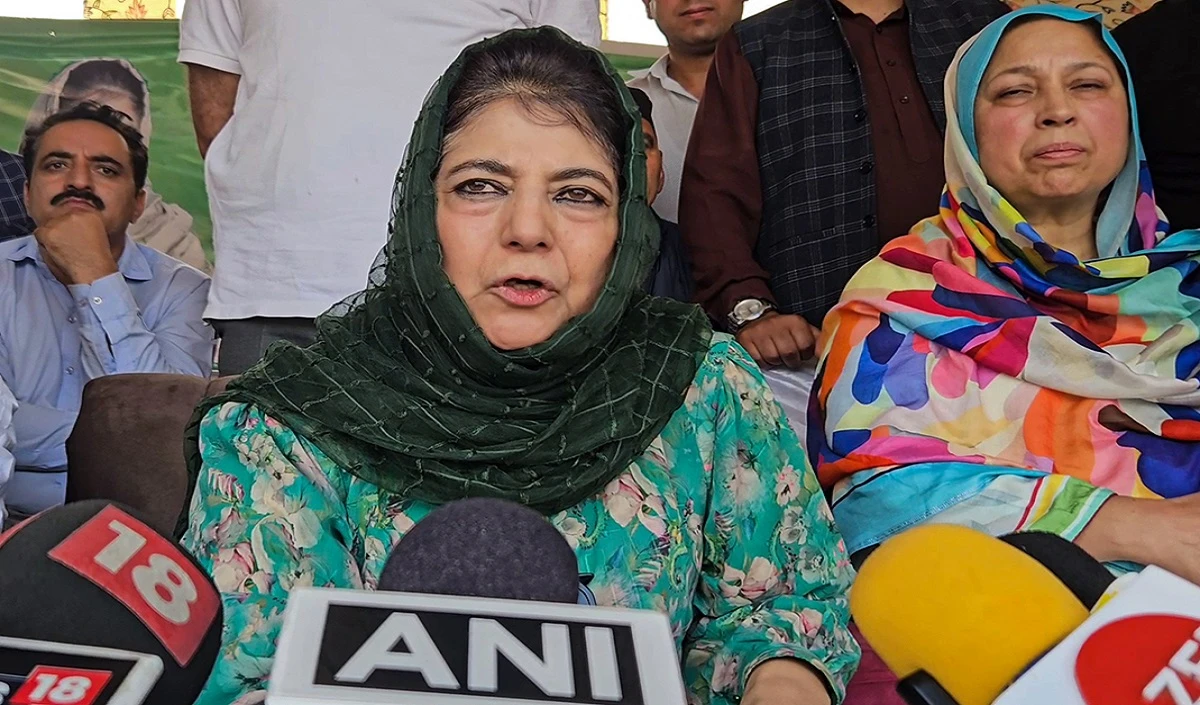The US defense intelligence agency (DIA) has said in a report that India considers its real enemy to China and Pakistan is just a security challenge for it. At the same time, Pakistan believes that India is a big threat to its existence. The report says that India and Pakistan are nuclear -rich nations, besides there is no similarity between the two as India is the fourth largest economy in the world, while Pakistan is a country on IMF’s debt and support from foreign aids. Let us tell you that the report says that Pakistan considers India a “existence threat”, so it will continue its military modernization and strategic nuclear weapons efforts to compete with New Delhi’s military superiority.
Let us tell you that in the Dia’s ‘World Threat Assessment’ report, India has mentioned the operation vermilion performed by India on the targets of terror in Pakistan and the increased tension. According to the report, Prime Minister Narendra Modi’s defense priorities will be focused on “possibly” global leadership, fighting China and increasing India’s military power. The report said, “India considers China its primary rival, while Pakistan sees as a security problem. India believes that it is necessary to treat the dangers arising from Pakistan.
Also read: Women power started appearing in the army
The report says that China has overcome the nuclear dissemination network by giving technical assistance to Pakistan and North Korea to increase their nuclear and ballistic missile reserves for years. According to global estimates, India and Pakistan have about 170 nuclear weapons. The report says that Pakistan often shows its short-range Naser and other missiles in response to New Delhi’s traditional military lead. The report said that China’s nuclear reserves have probably crossed 600 operating warheads. The report stated that China will have over 1,000 operational warheads by 2030, many of which will be deployed in a ready -made position to respond rapidly.
The report states that Pakistan is modernizing its nuclear arsenal and maintaining the protection of its nuclear material, command and control structures. The report states that Pakistan almost certainly receives items and technology related to WMD (genocide weapon) from abroad. The report said that on the morning of May 10, India attacked nine airbase of Pakistan which was a clear strategic message. The report said that exact and deep attacks on Nur Khan Airbase and Sargodha airbase, especially Rawalpindi, shook Pakistan. Let us tell you that Noor Khan Airbase is located near the headquarters of the Strategic Plans Division of Pakistan, which handles its nuclear weapon program.
According to the report, Pakistan is a beneficiary of “mainly” Beij’s “economic and military generosity” and conducts several military exercises with the Chinese army every year. According to the report, foreign content and technology supporting Pakistan’s WMD programs is largely obtained from China to a large extent and sometimes transit through Hong Kong, Singapore, Turkas and UAE. The report states that India is giving priority to bilateral, tripartite and quadrilateral defense partnerships to combat China’s influence in the Indo-Pacific and Indian Ocean region and strengthen the global leadership role-this includes military exercises, training, sales and information sharing.
The report says that India will continue to carry forward the ‘Make in India’ initiative to strengthen its domestic defense industry, reduce the supplies related to supply chain and modernize its military capacity. The report says that this year India tested its nuclear-capable Agni-I Prime Medium-Rage Ballistic Missile and Agni-V multiple independent targetable re-entry vehicle (MIRV) version. According to the report, “India also included its second nuclear-managed submarine INS Arighat in the service to strengthen its nuclear triangle and increase immunity.” The report also mentions the retreat of troops between India and China in Depsang and Demchok in October last year. The report says that this reduced some tension formed since the 2020 Galwan struggle, but the dispute over the determination of the boundary line is still unresolved.



